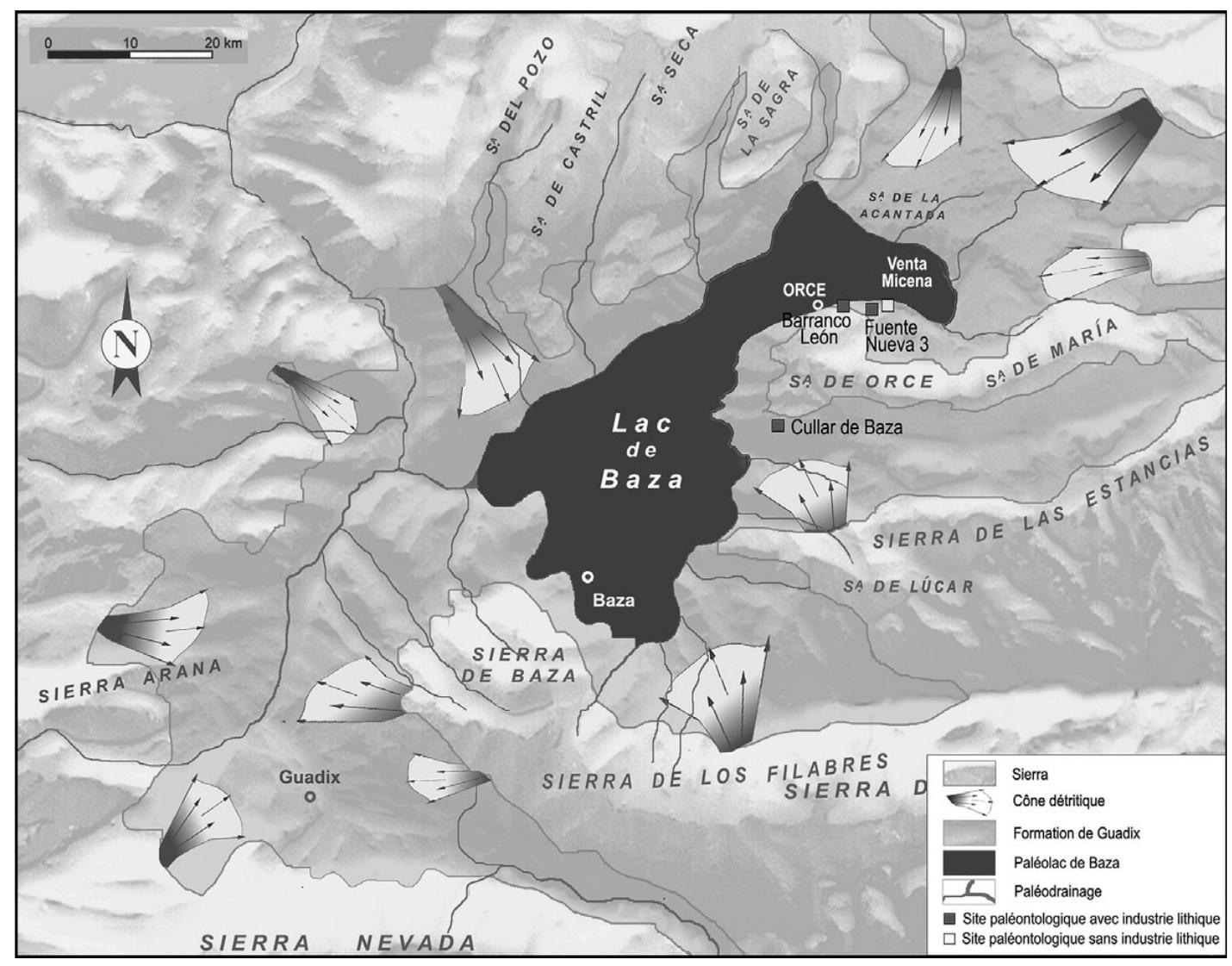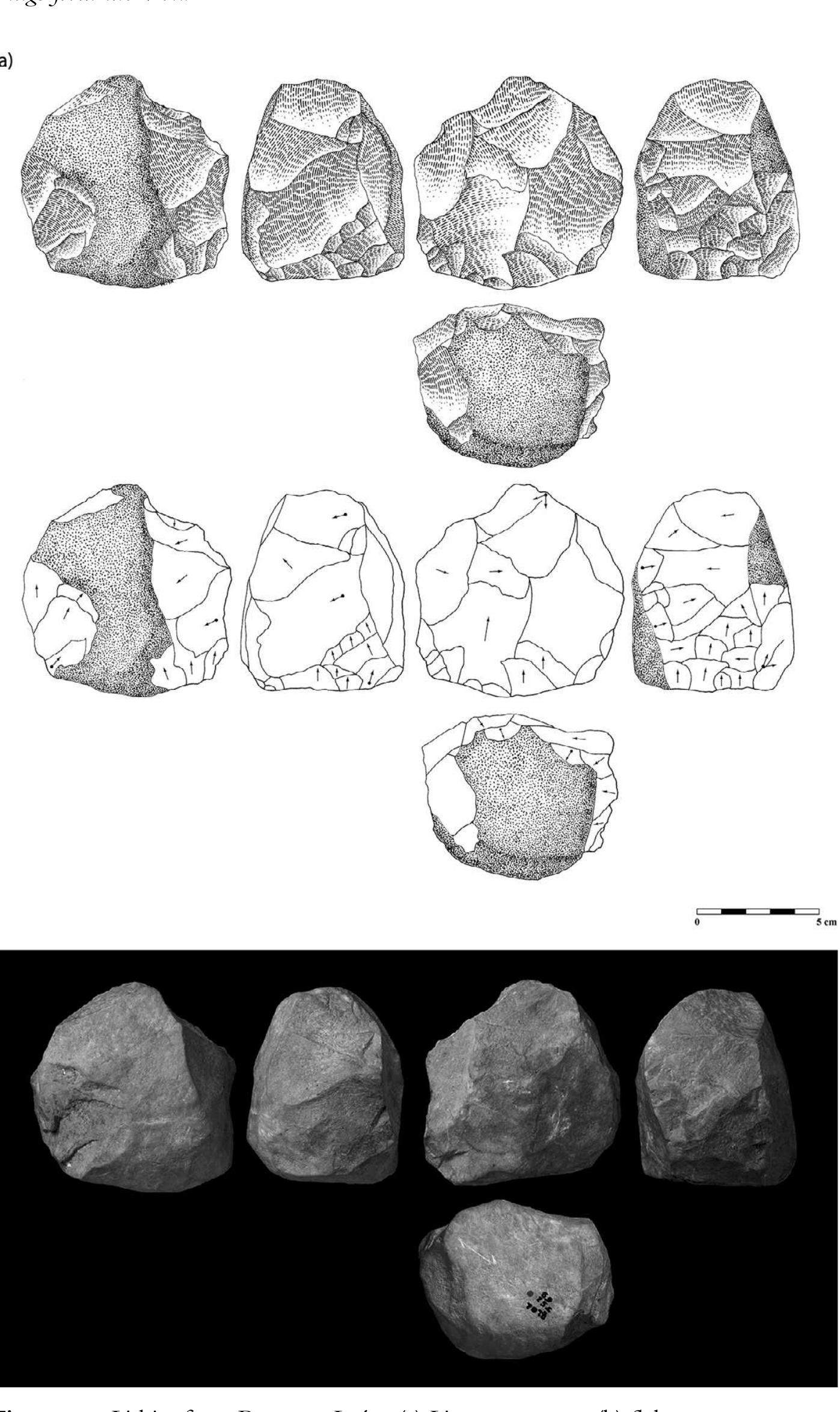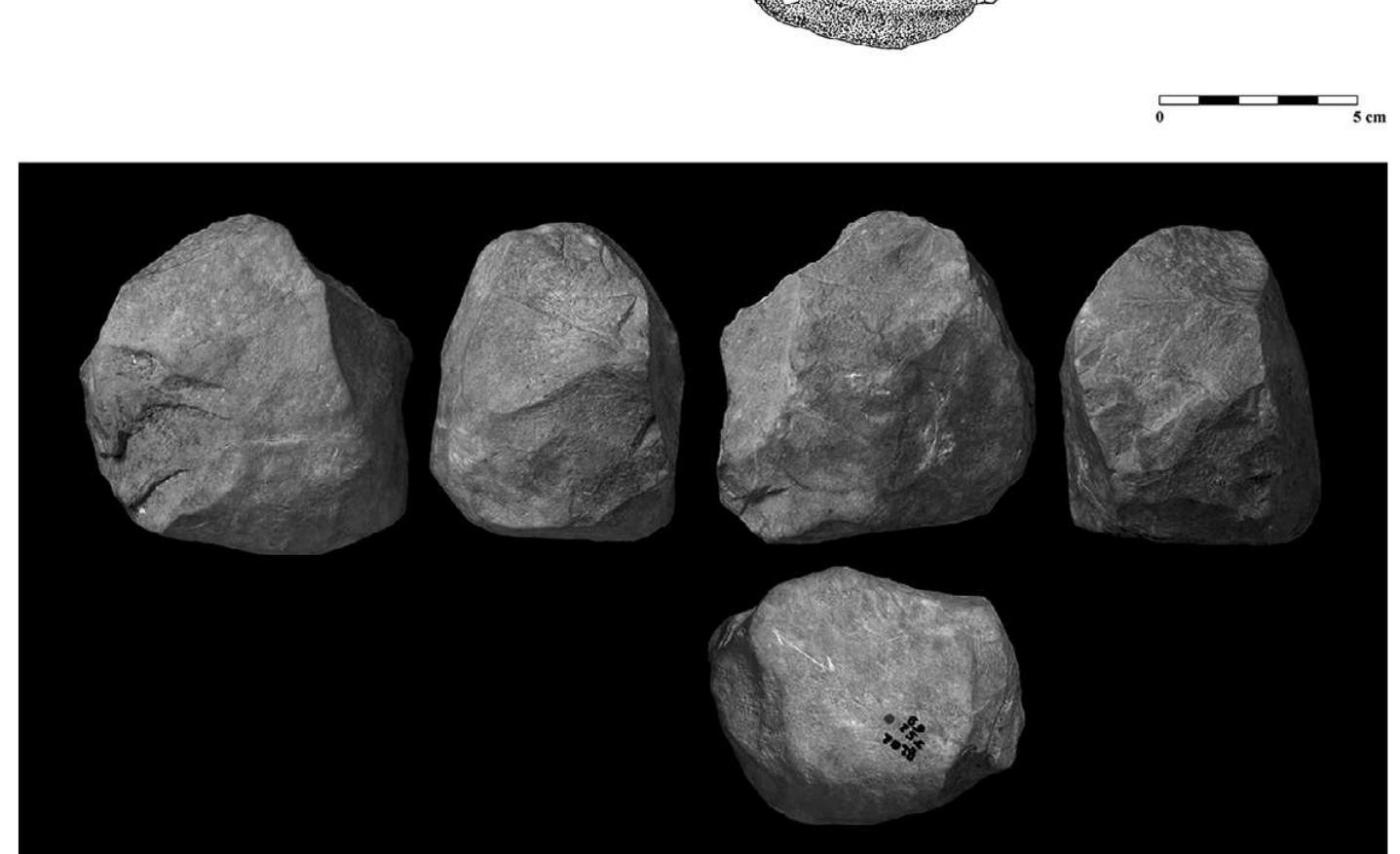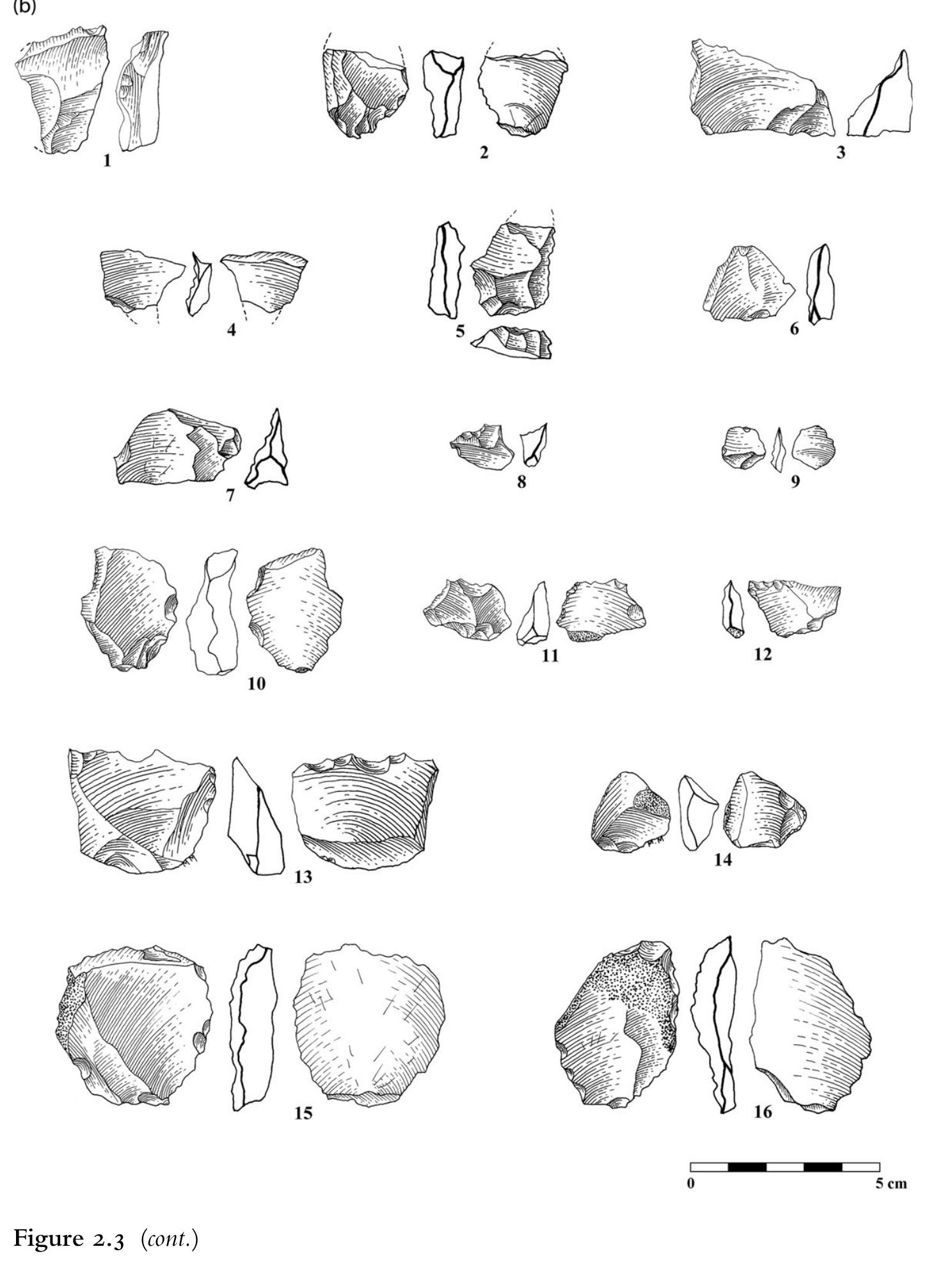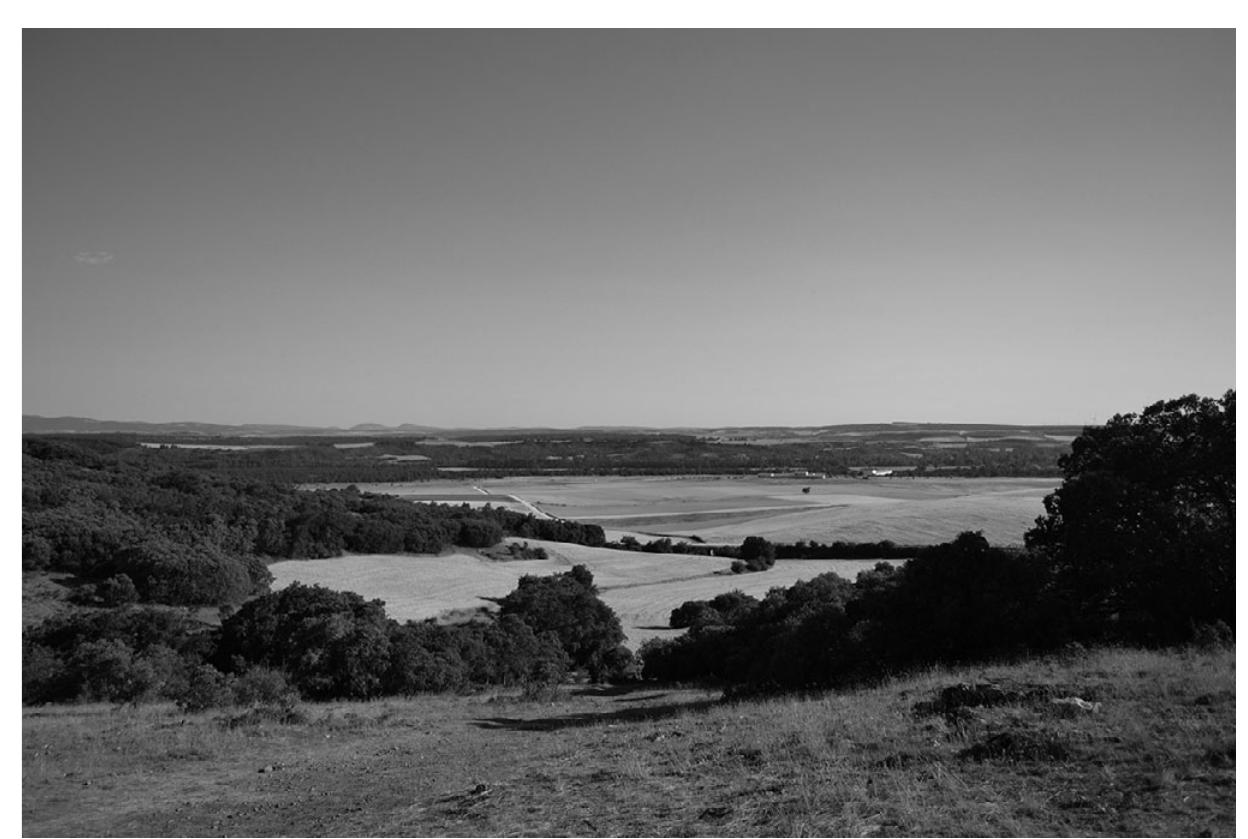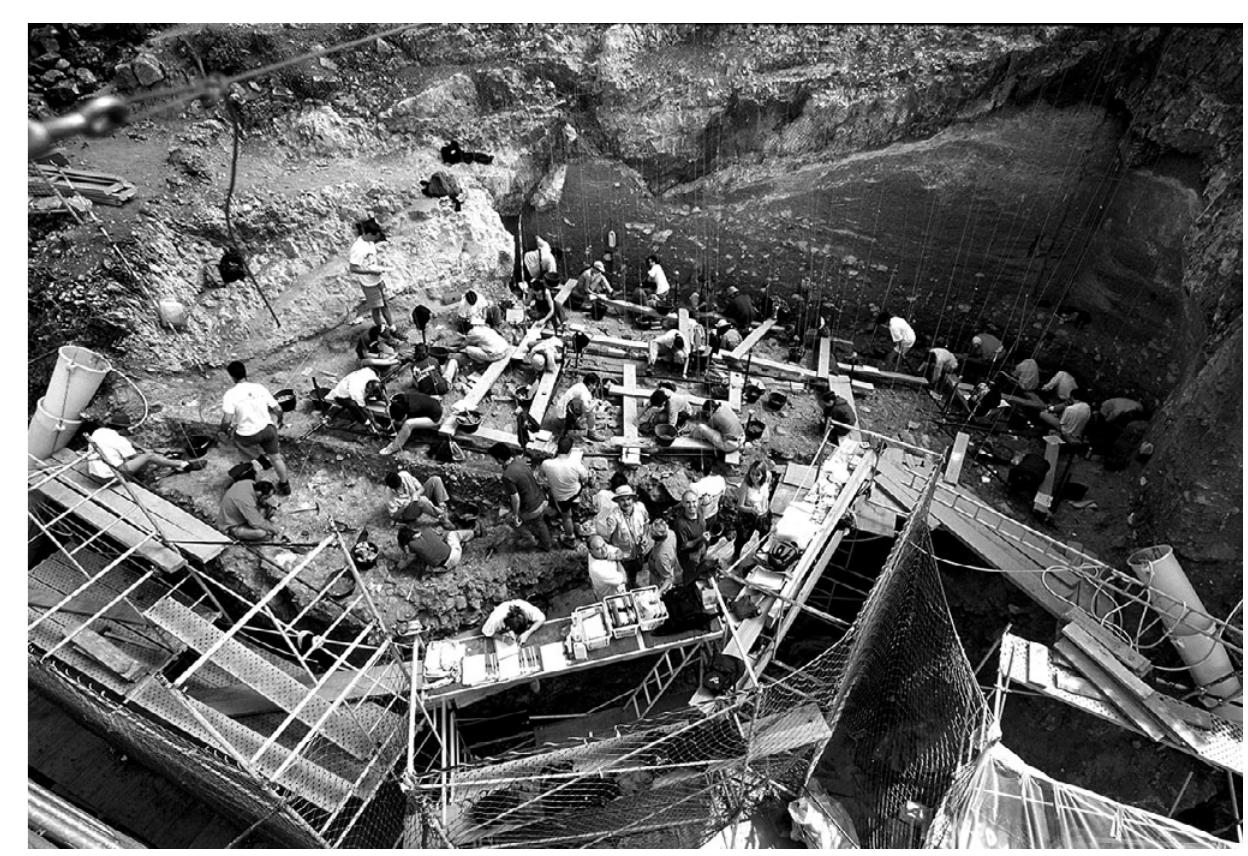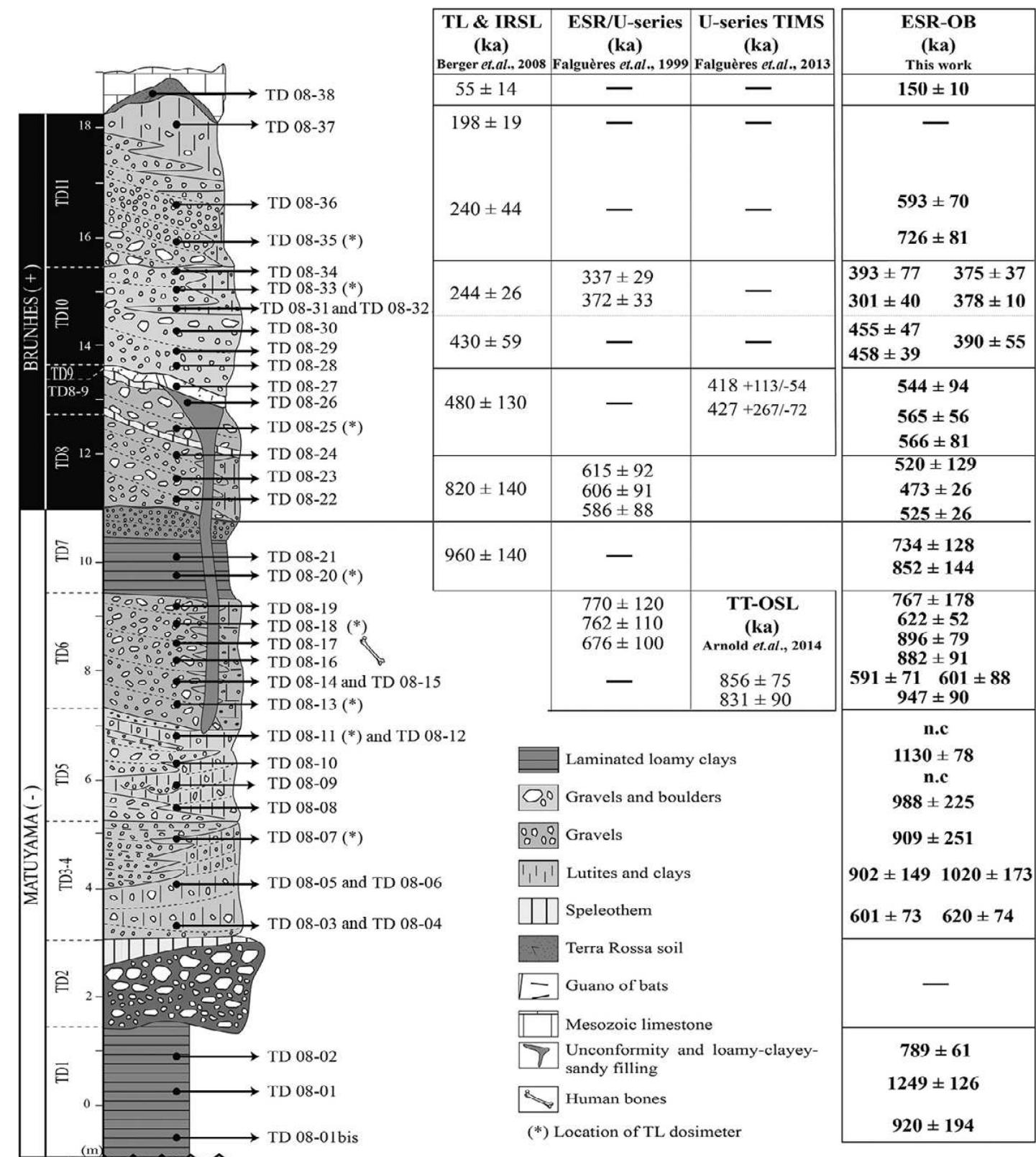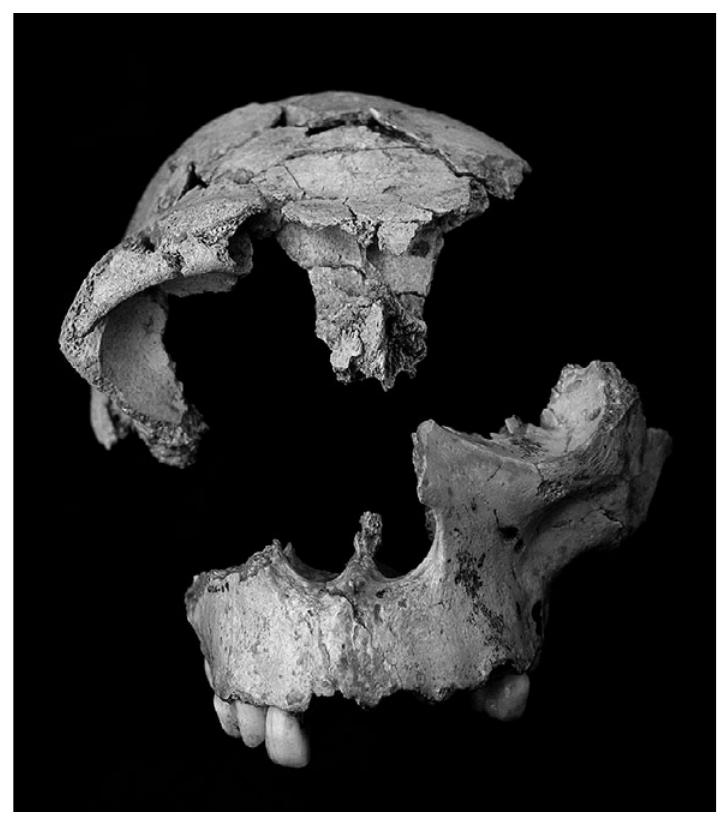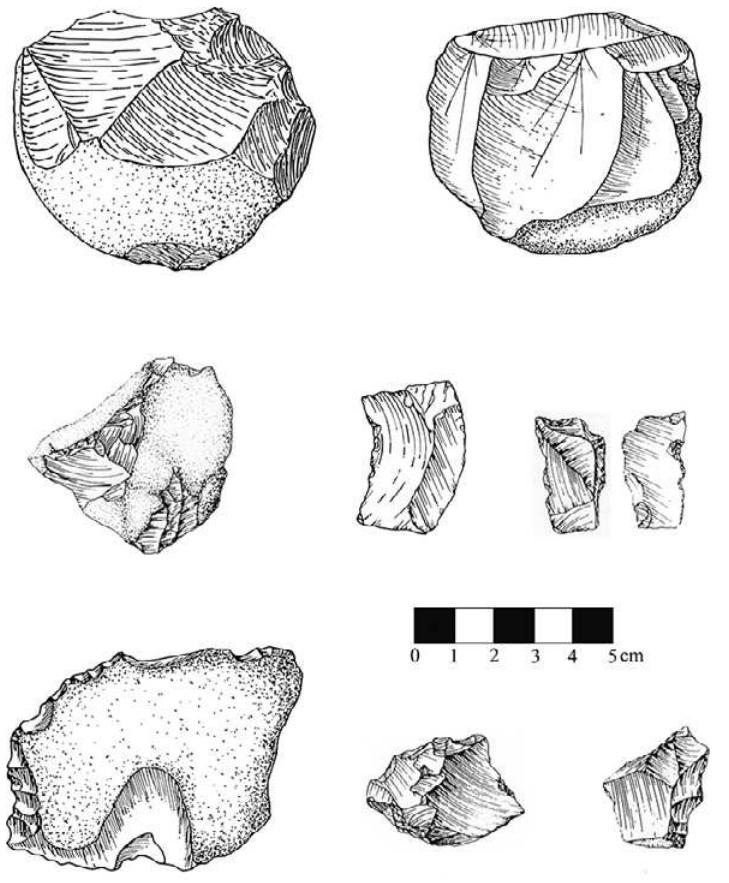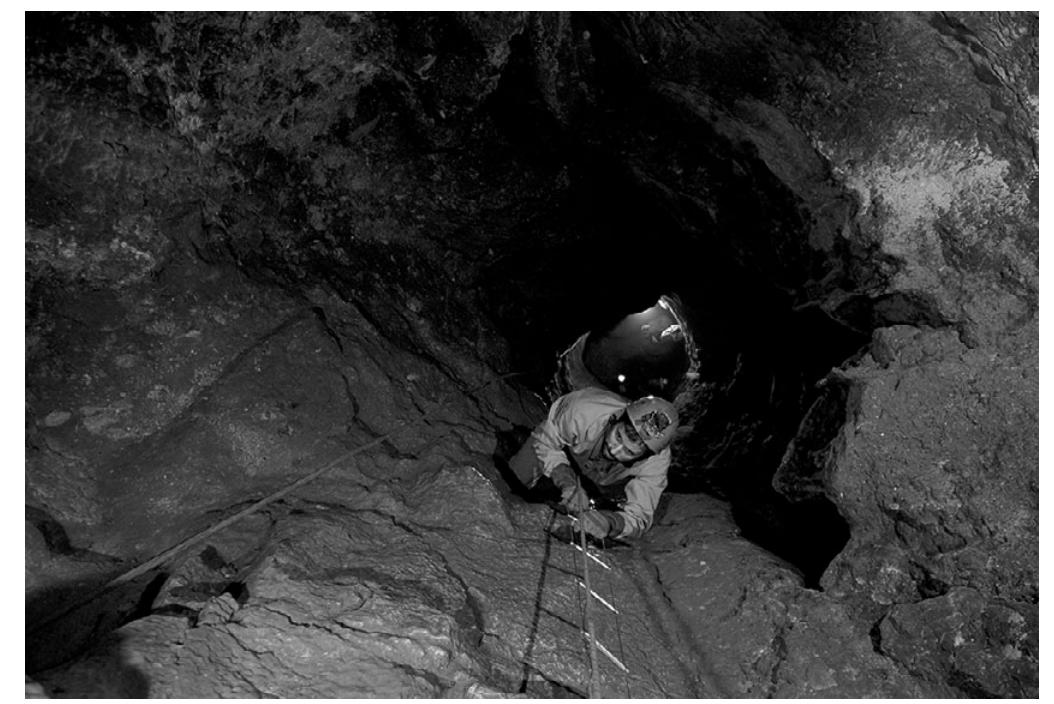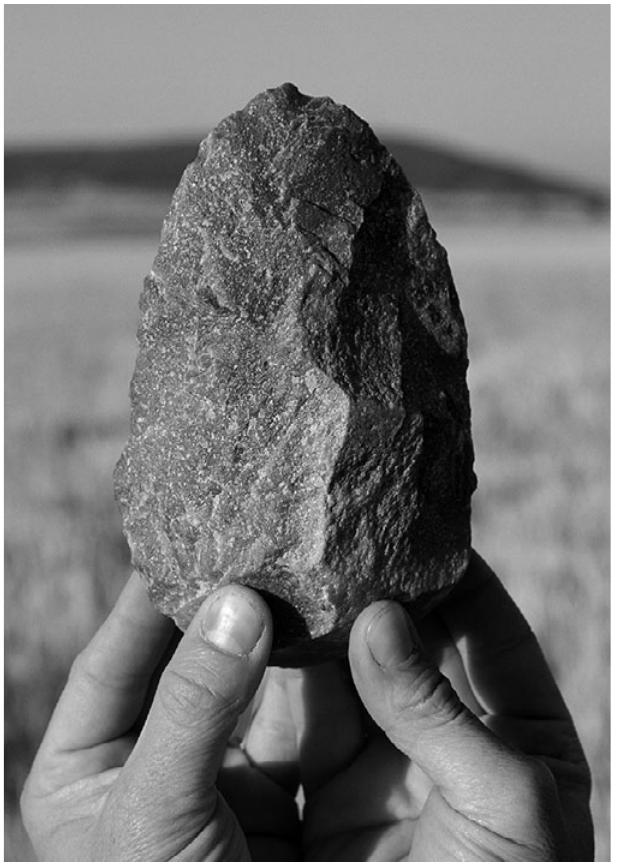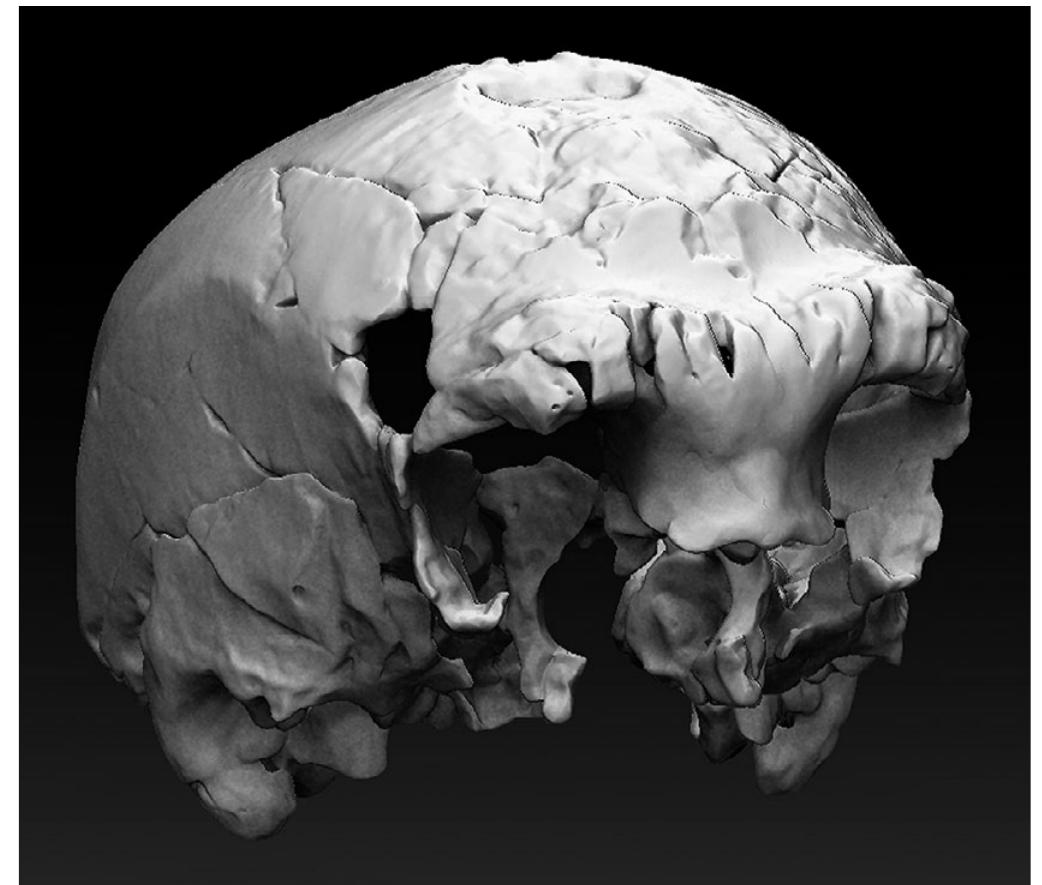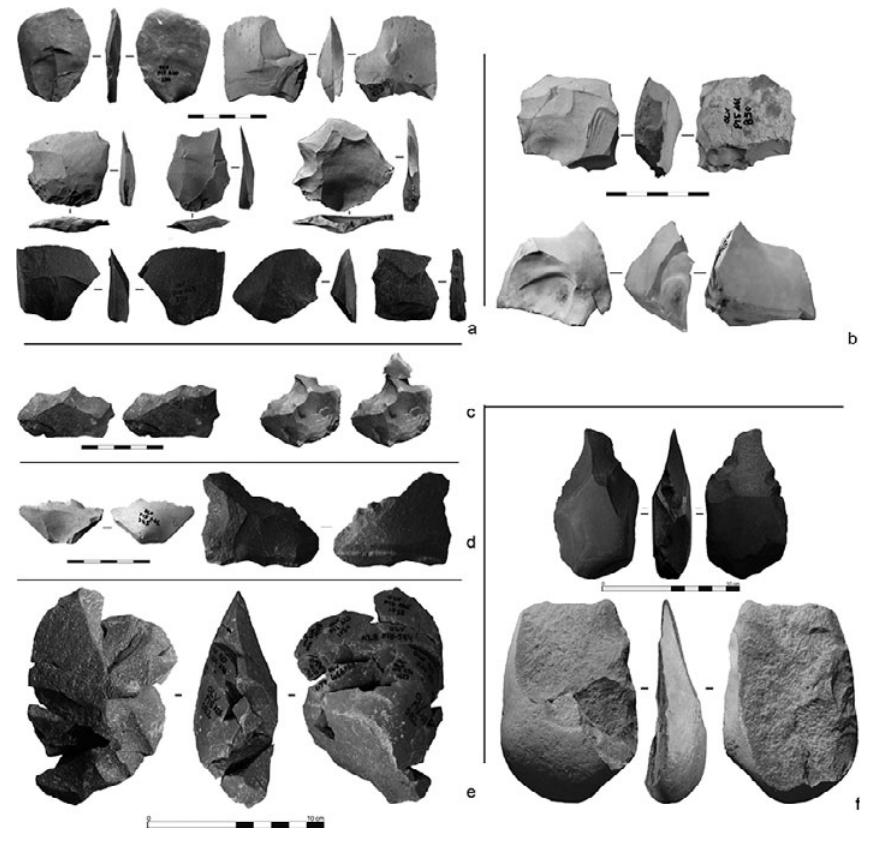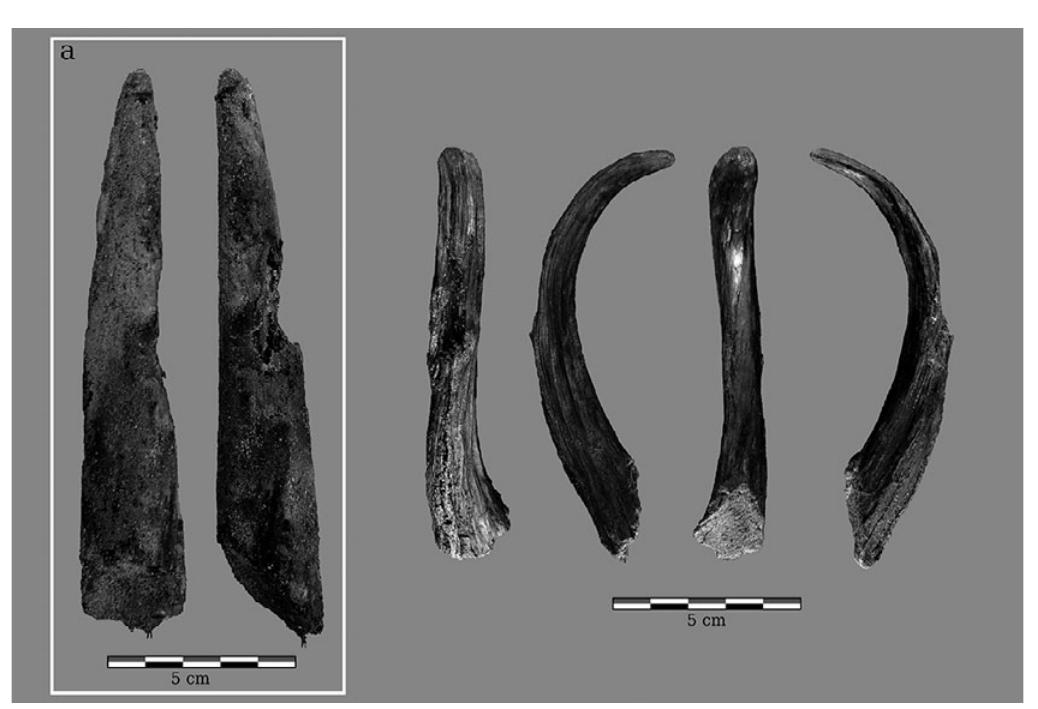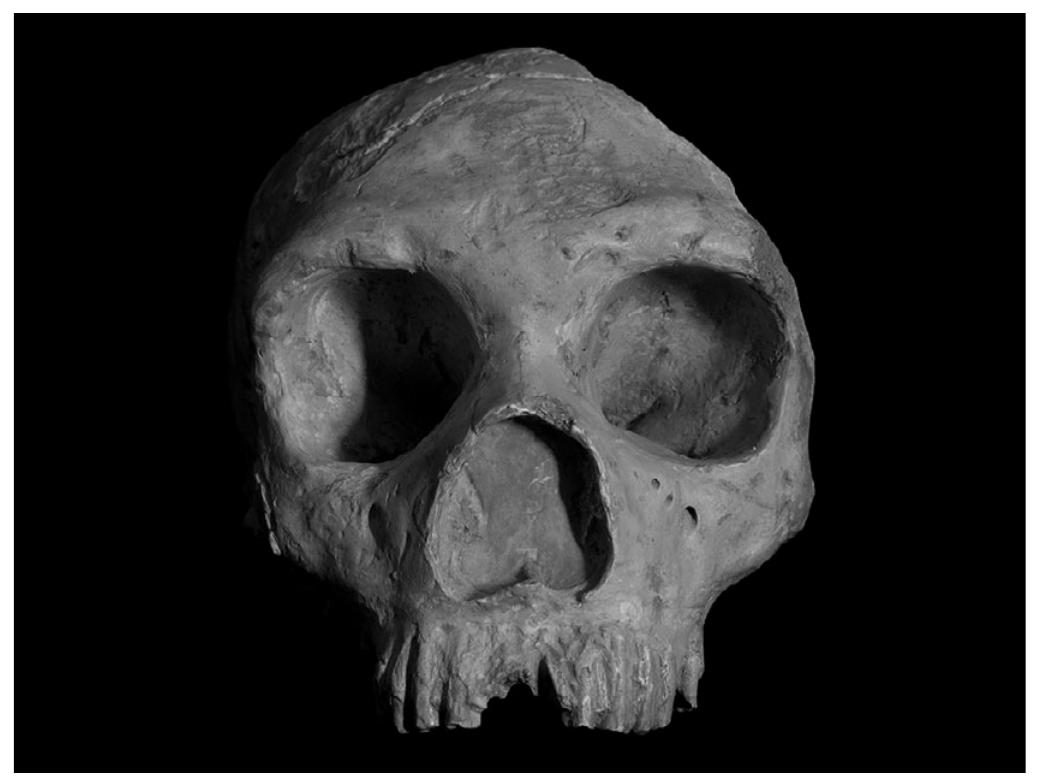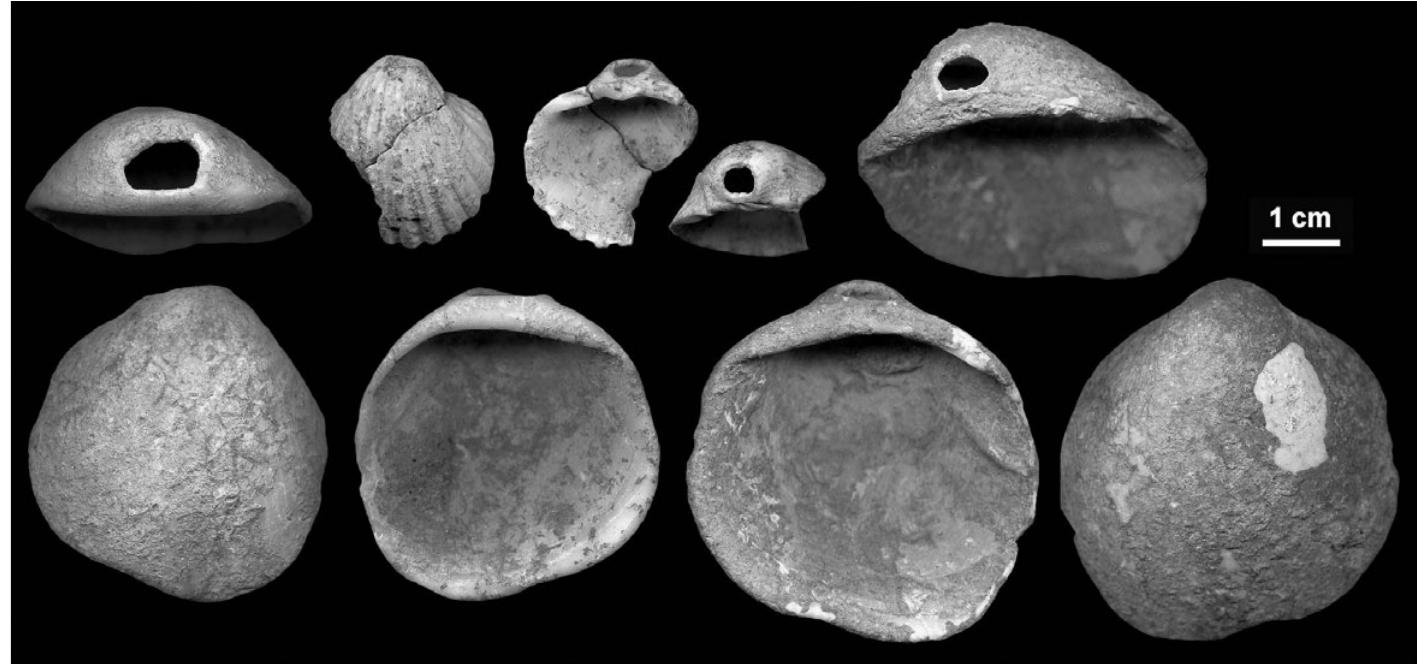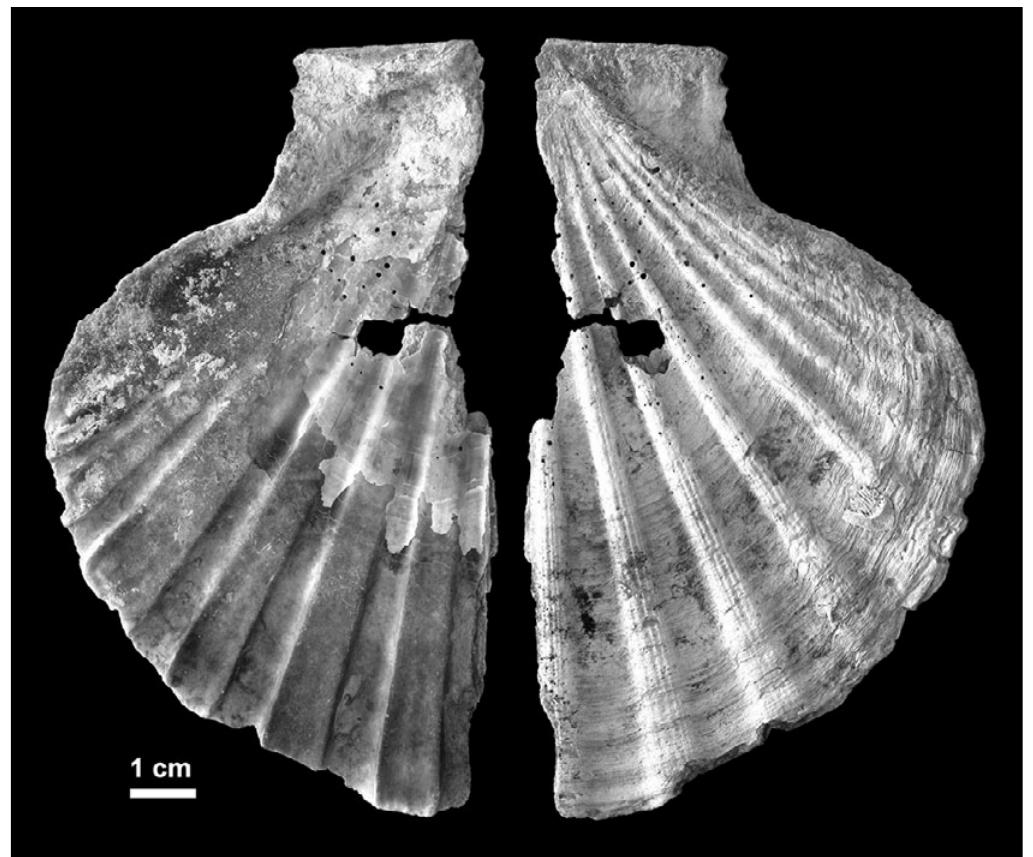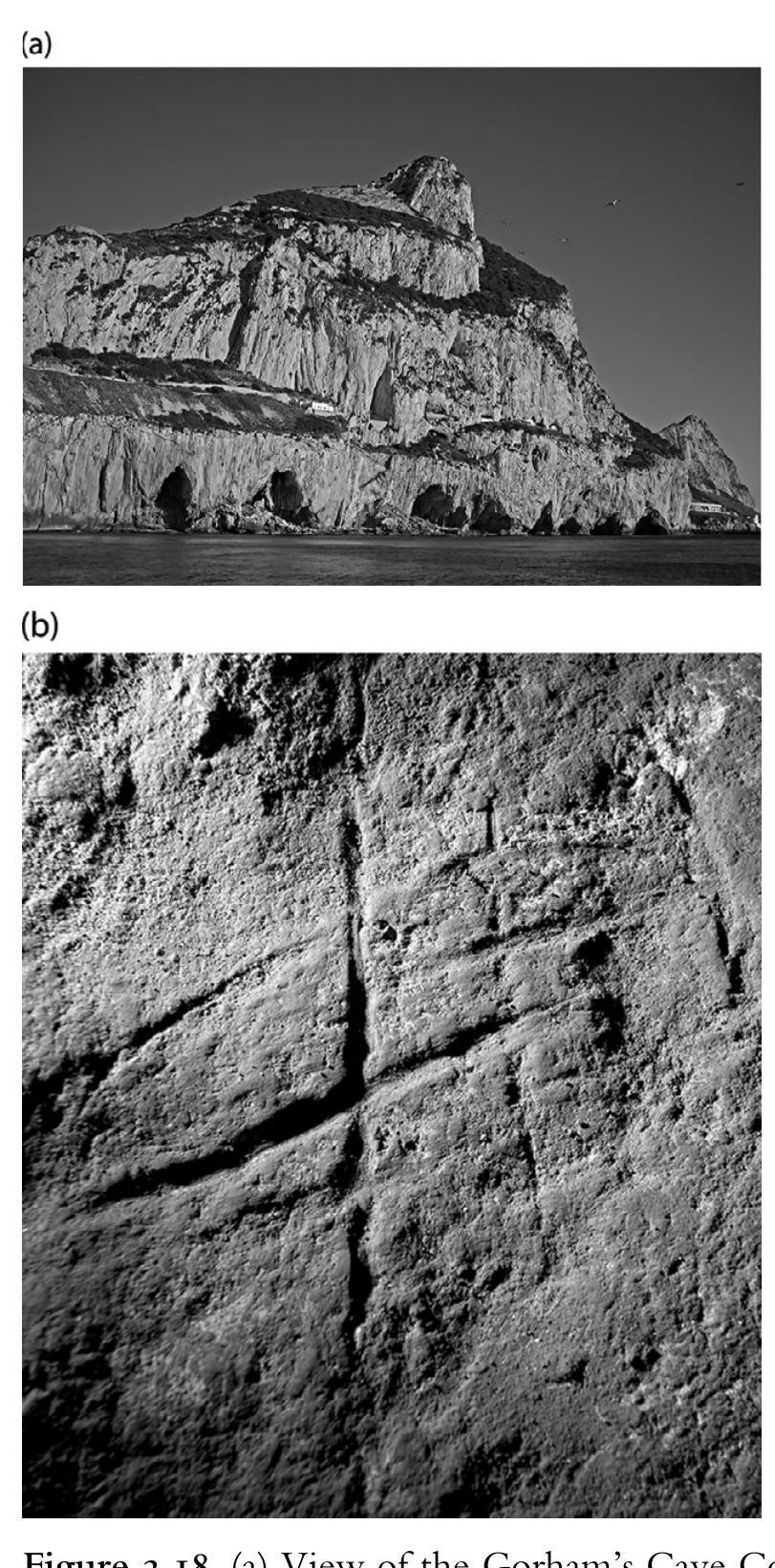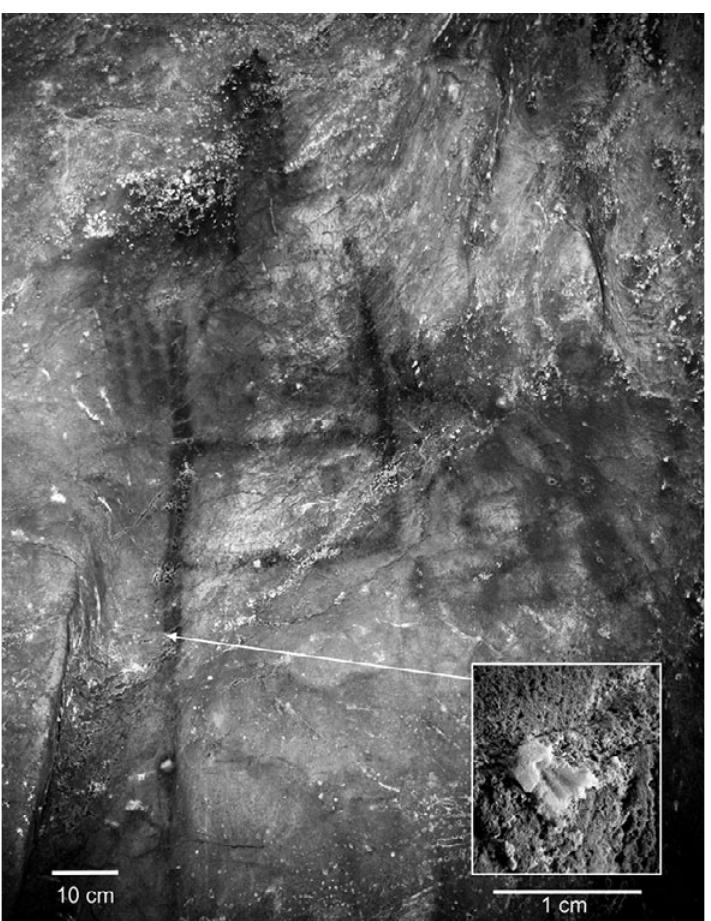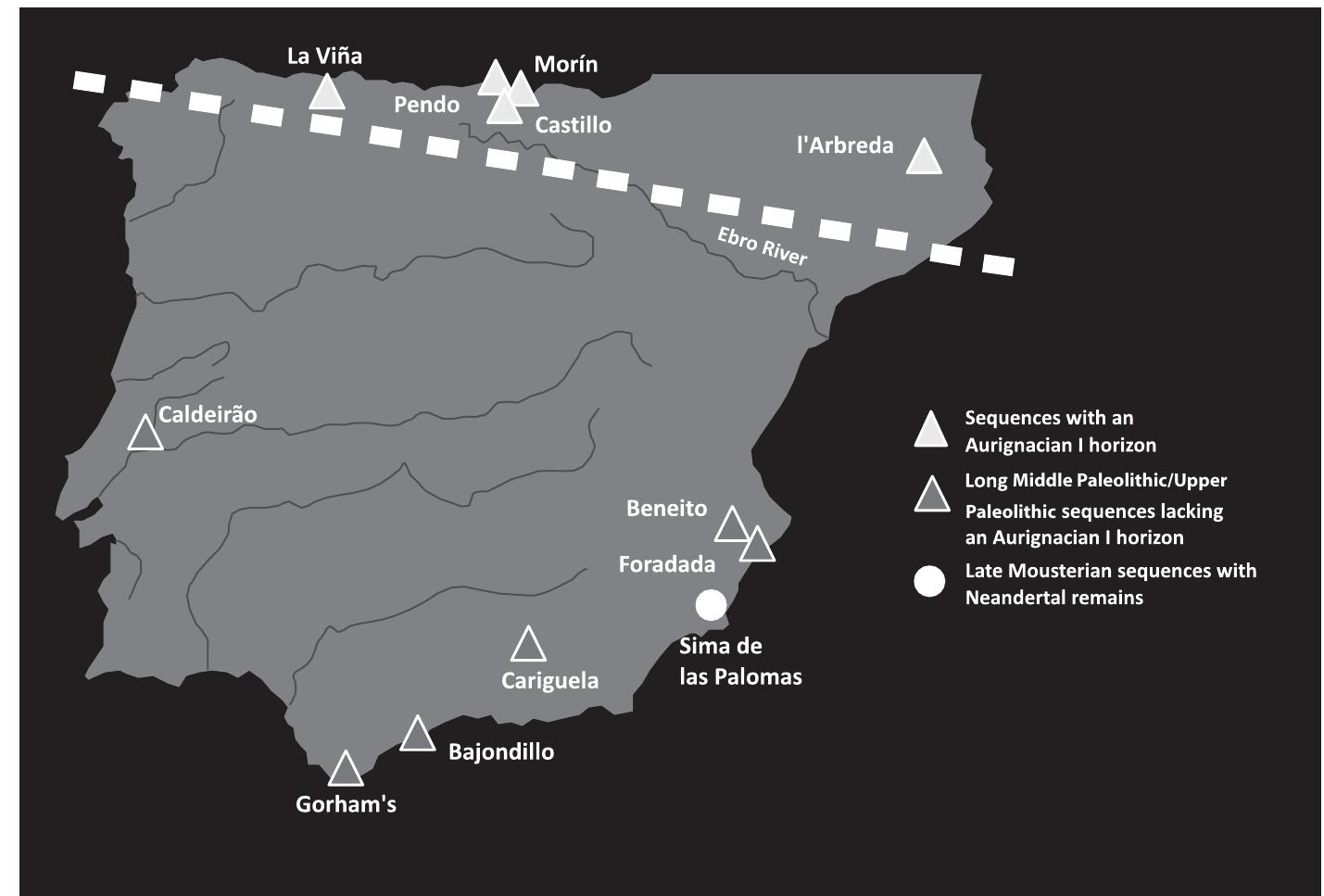The Archaeology of the Iberian Peninsula (original) (raw)
Abstract
AI
This chapter explores the significance of Paleolithic studies in the Iberian Peninsula, tracing the historically important archaeological investigations and discoveries that have influenced debates on human evolution. It addresses the ecological contexts, cultural sequences, and key findings from notable sites, while emphasizing the challenges of synthesizing archaeological data in a region with uneven research and limited dated sites. The synthesis aims to understand ancient hominin behavior through ongoing discoveries and new methodologies.
FAQs
AI
What explains the dating discrepancies in Iberian Paleolithic sites?add
The paper reveals high standard errors in dating methods like ESR and TL, leading to inconsistent timelines across sites, especially those dated to the Early Pleistocene.
How do hominin occupations in Iberia challenge traditional models of human migration?add
Research at sites like Barranco León pushes back known hominin presence to 1.4 mya, contradicting older models that suggested no occupation prior to 500,000 BP.
What are the implications of Neanderthal symbolic behaviors found in Iberia?add
Neanderthal artifacts, including marine shells and cave art, dated up to 64.8 kya, suggest complex symbolic traditions predating AMH's arrival in Europe.
Why are sites like Sima de los Huesos significant for understanding Neanderthal demographics?add
Sima de los Huesos contains at least 28 Middle Pleistocene hominin remains, potentially the largest assemblage globally, contributing vital insights into Neanderthal social structures.
How did climate influence Neanderthal subsistence strategies in the Iberian Peninsula?add
Neanderthals adjusted their hunting territories according to MIS climate changes, with wider territories during cooler periods, reflecting adaptive behaviors in resource exploitation.
Figures (22)
Figure 2.1 Lower and Middle Paleolithic sites discussed in the text (key sites). 1. El Sidr6n; 2. Tito Bustillo; 3. Altamira; 4. El Castillo & La Pasiega; 5. Aranbaltza IH; 6. Arlanpe; 7. Axlor; 8. Amalda; 9. Valdegoba; to. Sierra de Atapuerca; 11. Abrigo del Molino; 12. Torralba & Ambrona; 13. Pinilla del Valle; 14. El Canaveral; 15. Aridos; 16. Maltravieso; 17. Céa Valley; 18. Foz do Enxarrique & Vilas Ruivas; 19. Lapedo Valley & Gruta de Aroeira; 20. Almonda; 21. Alto de Leiio; 22. Ardales; 23. Forbes’ Quarry, Gorham’s & Vanguard Caves; 24. Benzi; 25. Guadix-Baza sites; 26. Cueva Negra; 27. Cueva Anton; 28. Cueva de los Aviones; 29. Sima de las Palomas; 30. Cova Forada; 31. Cova Negra; 32. Bolomor; 33. Quebrada; 34. Tragé; 35. Roca dels Bous & Cova Gran; 36. Cova del Gegant; 37. Abric Romani; 38. Vallparadis; 39. Banolas; 40. Ain Hanech & El-Kherba.
From: Barsky ef al. 2010, fig. 2; drawing: B. Magnaldi; courtesy: I. Toro-Moyano and H. de Lumley
Figure 2.3 Lithics from Barranco Leon. (a) Limestone core; (b) flakes.
Figure 2.3 Lithics from Barranco Leon. (a) Limestone core; (b) flakes. A from: Barsky et al. 2010, fig. 10; drawings: D. Cauche; courtesy: H. de Lumley. B from: Barsky et al. 2010 fig. 21; drawings: D. Cauche, V. Celiberti, and M. Montesinos; courtesy: I. Toro-Moyano and H. de Lumley
percussion instruments and worked cobbles. The only hominin fossil recovered, to date, is a deciduous molar from layer D, associated with lithics and mammal bones. Different methods were used to date this layer, including electron spin resonance, biochronological studies using morphological and morphometric data of vole (Mimomys savini),'~ and fossil amphibians and reptiles.'* These data indicate that the site was occupied during a warm interglacial peak between MIS (Marine Isotope Stage) 43 and 49, between 1.36 and 1.47 mya. A second
From: Carbonell Roura et al. 2014, fig. 1; courtesy: José Miguel Carretero
Figure 2.5 View of Sierra de Atapuerca and Arlanzon River Valley. BRAGA: Matra Tillande S4nTK
Figure 2.6 Gran Dolina. Photo: Javier Trueba/Courtesy Science Photo Library
Figure 2.8 El Nino de la Gran Dolina. Photo: Javier Trueba/Courtesy Science Photo Librar Figure 2.8 El Nifo de la Gran Dolina. Photo: Javier Trueba/Courtesy Science Photo Library
Figure 2.9 Oldowan stone tools from Ain Hanech.
Figure 2.10 Sima de los Huesos. Photo: Javier Trueba/Courtesy Science Photo Librar Figure 2.10 Sima de los Huesos. Photo: Javier Trueba/Courtesy Science Photo Library
Figure 2.11 Excalibur hand axe from Sima de los Huesos. Photo: Javier Trueba/Courtesy Science Photo Library
Figure 2.12 Virtual reconstruction of Aroeira 3 cranium.
Figure 2.13 Middle Paleolithic lithics.
From: Rios-Garaizar ef al. 2018, fig. 4; https://creativecommons.org/licenses/by/4.0/legalcode an optimal location for observing seasonal migrations. Its stratigraphy is made up of 20 m of deposit, which is comprised mainly of Middle Paleolithic levels that represent twenty-five occupational events of different durations, separated by travertine. These were dated by uranium series to between 70 and 40 kya.” Hearths were found in each archaeological layer, which displayed a range of forms and were analyzed by microfacies analyses.’* Coniferous woods (Pinus sylvestris) made up the primary fuel,’? but an allochthonous source was also detected.”* Wooden objects dated to 49,000-45,000 BP were also found.” They are irregularly shaped (one was as large as $5 X 20 X 2 cm’), charred, and closely associated with hearths and burnt animal remains. One could be identified as made from Juniperus. Their function is unclear, although they may have been used to carry food, shovel embers/ashes, or remove water from the flooding that occurred during the site’s use. Although these are not the only examples of wooden implements dated to the Middle Pleistocene (for example, a shaft made of yew more than 2 m long was found at Lehringen, Germany), their form appears to be unique, to date. At the Middle Paleolithic open-air site of Aranbaltza III in northern Spain,
Figure 2.15 Neanderthal skull from Forbes’ Quarry, Gibraltar (cast). Photo: Courtesy of S. Finlayson
Figure 2.16 Perforated shells from level II of Cueva de los Aviones. Perhaps the most intriguing discovery in Iberian Neanderthal archaeology ir recent years has been evidence for symbolic behaviors, such as art, that hac been viewed as unique to modern humans. In some ways, this should not bs surprising, given what is known about Neanderthal burials in other parts of the world, such as at Shanidar Cave, Kebara, and La Ferrassie.”° Given that mucl of the research and rethinking of Neanderthal symbolic behavior has taker place in just the past decade, this is likely an area of research that holds a grea deal of potential for exciting discoveries in the future. The evidence in Iberia 1 reviewed in approximate order of their discoveries, given that the mos convincing cases represent the most recent research.
Figure 2.17 Perforated shell from Cueva Anton.
derthals used bird feathers for decoration or other symbolic purposes. In 2018, another dating study provided additional evidence that Neander- thals painted cave walls.?° In this project, paintings from caves in northern, central, and southern Spain were dated by U-Th, providing the minimum age for the underlying images. The dated images were a red “ladder-like” image from La Pasiega (Figure 2.19), a hand stencil from Maltravieso, and a red- painted speleothem from Ardales. For all three sites, minimum ages of 64.8 kya were returned for the art. This predates the arrival of AMH in Europe by at east 20,000 years. As the authors of this study noted, “We ... expect that cave art of Neandertal origin will eventually be revealed in other areas with Neandertal presence elsewhere in Europe.” Some scholars have challenged
Figure 2.19 Scalariform (“ladder”) image from La Pasiega Photo: J. Zilhao0. from Hoffman et al. 2018a. fig. 1
Figure 2.20 Ebro frontier model, southward of the Ebro biogeographic boundary, persistence of the Mousterian after ca. 41.5 cal (ca. 36.5 14C) ka. Adapted: J. Zilhao

Loading Preview
Sorry, preview is currently unavailable. You can download the paper by clicking the button above.
References (61)
- Carbonell Roura et al. 2014.
- Marcos-Sáiz and Díez Fernández-Lomana 2015.
- Rosas et al. 2006a; Carbonell Roura et al. 2014.
- Bermúdez de Castro et al. 2011; Lorenzo et al. 2015. 25 Martínez et al. 2010.
- Carbonell Roura et al. 1999, 2014.
- Bermúdez de Castro et al. 2017.
- Fernández-Jalvo et al. 1999.
- Allué et al. 2015.
- Angelucci et al. 2013; Walker et al. 2013, 2016; Rhodes et al. 2016. 31 Walker et al. 1999. 32 Sahnouni 1998; Sahnouni et al. 2002.
- Santonja and Pérez-González 2010.
- Arsuaga Ferreras et al. 1997; Bischoff et al. 2003; Carbonell Roura et al. 2003, 2014.
- Rabadà i Vives 2015.
- Arsuaga Ferreras et al. 1997; Carbonell Roura et al. 2003. 38 Sala et al. 2016.
- Meyer et al. 2014.
- Meyer et al. 2016.
- Santonja et al. 2014. 42 Howell 1965; Freeman 1994. 43 Butzer 1965.
- Pérez-González et al. 2001; Santonja et al. 2005. 45 Shipman and Rose 1983. 46 Binford 1987. 47 Howell and Freeman 1983. 48 Villa and d'Errico 2001. 49 Villa 1990.
- Mosquera Martinez 1998.
- Daura et al. 2017.
- Álvarez-Alonso et al. 2016.
- Rios-Garaizar et al. 2015a. 55 Zilhão et al. 2016.
- Ramos et al. 2008.
- Rios-Garaizar et al. 2015a.
- de la Torre et al. 2013.
- Rios-Garaizar et al. 2015a.
- Baena Preysler et al. 2008.
- Rios-Garaizar et al. 2011. 62 Rolland and Dibble 1990.
- Rios-Garaizar et al. 2015a. 64 Barton 1990.
- de la Torre et al. 2013.
- Freeman 1973, 1981; Salazar-García et al. 2013; Straus 2013. 67 Zilhão 2001a. 68 Bicho and Haws 2008.
- Aura Tortosa et al. 1998.
- Vaquero et al. 2001; Vallverdú-Poch et al. 2012. 71 Allué et al. 2017.
- Courty et al. 2012. 73 Allué et al. 2017.
- Courty et al. 2012. 75 Carbonell and Castro-Curel 1992.
- Rios-Garaizar et al. 2018. 77 GEPP 1983; Zilhão 1992a:150-151; Raposo 1995.
- Finlayson and Finlayson 1999; Stringer et al. 2000.
- Hernández-Pacheco and Obermaier 1915; Maroto Genover 1987.
- Alcázar de Velasco et al. 2011.
- Daura et al. 2010.
- Daura et al. 2010.
- Walker et al. 2011; Trinkaus and Walker 2017.
- Santamaría et al. 2010; de la Rasilla et al. 2014; Rosas et al. 2006b, 2015. 85 From one of the well-preserved juveniles, an ontogenic study was con- ducted using the child's cranio-dental and postcranial remains, which showed that maturation of the elements generally occurred within the range of modern humans, with the exception of the atlas and mid-thoracic region (Rosas et al. 2017).
- Wood et al. 2013a.
- Mendez et al. 2016.
- Radini et al. 2016.
- Rosas et al. 2006b. 90 Pettit 2002.
- Zilhão et al. 2010.
- Pike et al. 2012; García-Díez et al. 2015.
- Rodríguez-Vidal et al. 2014.
- Finlayson et al. 2012. 95 Hoffman et al. 2018a.
- Hoffman et al. 2018a:915.
- Slimak et al. 2018
- Hoffman et al. 2018b.
- Vega Toscana 1990; Villaverde and Fumanal 1990; Straus et al. 1993; Straus 1996a. 100 Zilhão 2000a.
- For an updated formulation of the model, see Zilhão 2006; also Vaquero et al. 2006; Daura et al. 2013.
- Wood et al. 2013b; Higham et al. 2014.
- Trinkaus et al. 2007; Willman et al. 2012. 104 Walker et al. 2008, 2010. 105 Cunha et al. 2008. 106 Zilhão et al. 2017.
- Finlayson et al. 2006.
- Marín-Arroyo et al. 2018.
- Finlayson et al. 2006:852. 110 Finlayson et al. 2006. 111 Maroto et al. 2012. 112 Ramos Muñoz 2013.
- Ramos Muñoz et al. 2017

